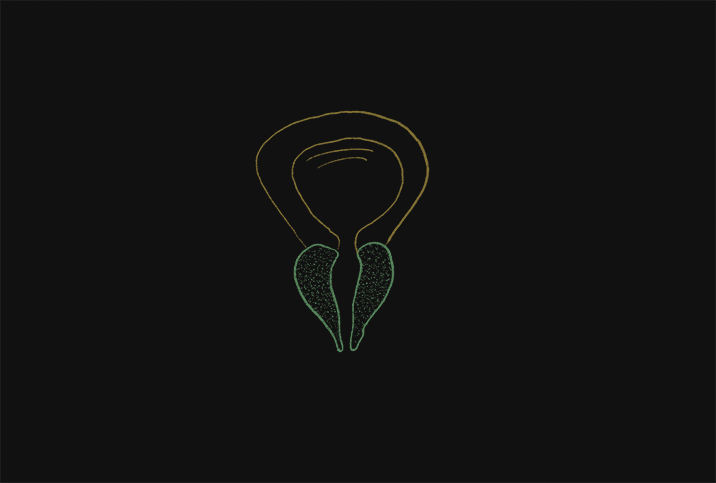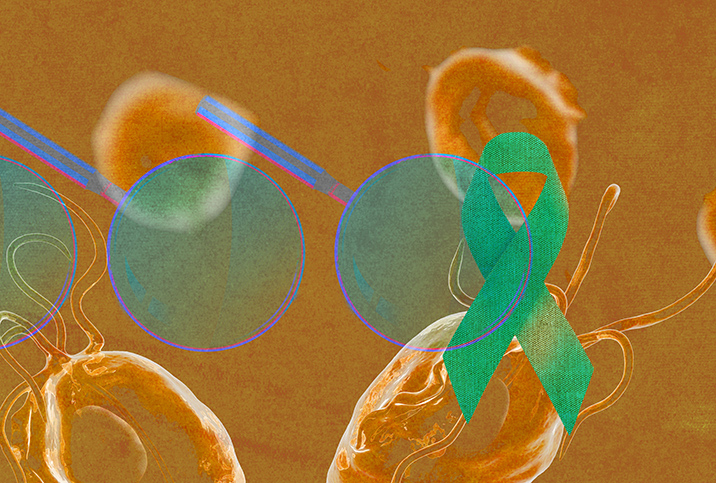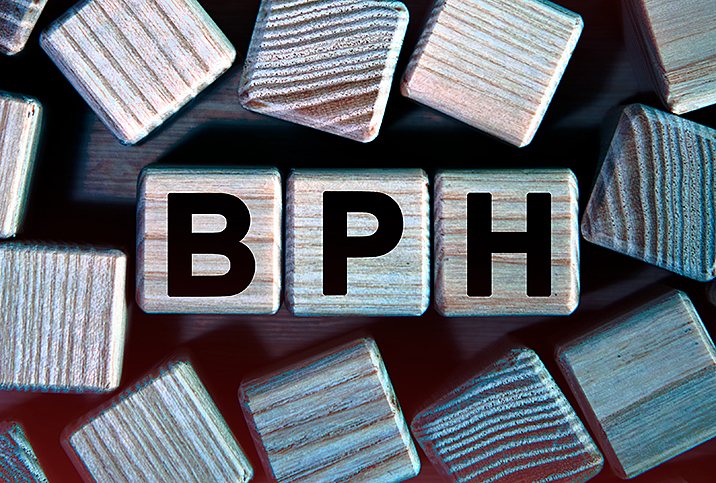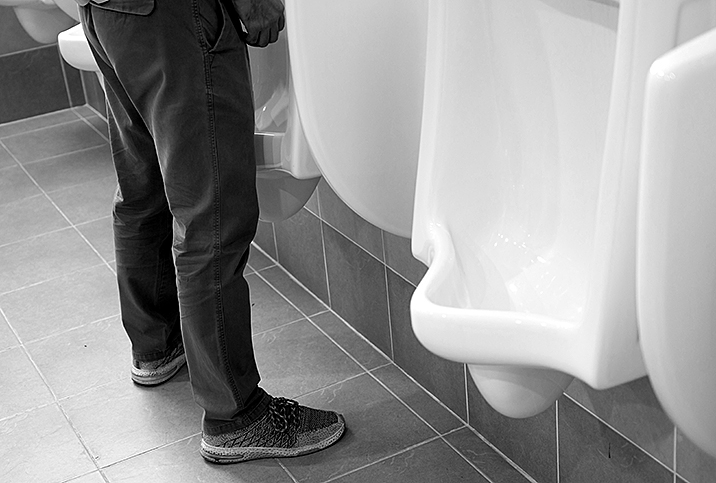A Prostate Growth Tale: Bigger Isn't Always Better

Your prostate is going to grow. It's going to happen. In fact, it will undergo two growth spurts during your lifetime, once during puberty and again after about age 25.
But why does it grow? And how much prostate growth is too much?
About the size of a chestnut, the prostate is a gland and part of the male reproductive system. It sits in front of the rectum, below the bladder and above the pelvic floor muscles.
"The prostate's primary function is the production of seminal fluid," said Amin Herati, M.D., an assistant professor of urology and the director of male infertility and men's health at Johns Hopkins Medicine in Baltimore.
When you ejaculate—approximately 20 percent to 30 percent of the ejaculate volume is seminal fluid—the muscle cells inside the prostate contract and force the seminal fluid stored in the prostate out into the urethra (the tube that also carries urine).
The seminal fluid, sperm cells and fluid from other glands come together to make semen, which is then released.
"This fluid alkalinizes the ejaculate to allow sperm to have better motility. The alkaline pH will also neutralize the acidic environment of the vagina," Herati said.
In other words, the fluid produced by the prostate helps sperm move better and makes the vagina less acidic so the sperm are more likely to survive.
The purpose of seminal fluid doesn't end there. Research shows seminal fluid also transmits signaling agents that interact with female reproductive tissue to help the process of conception and pregnancy. So the prostate is a pretty important gland when it comes to fertility.
The first prostate growth phase
The first growth stage of the prostate occurs in puberty. In young boys, the prostate weighs about 2 grams, but during puberty, it increases in size to about 20 grams. This happens in parallel to the rise of serum testosterone to adult levels.
"The prostate serves a reproductive function and is hormone-sensitive," Herati said. "During puberty, the pituitary gland releases increased levels of the luteinizing hormone, which leads to increased testosterone production from the testes. This testosterone converts to an active form of testosterone called dihydrotestosterone [DHT]. With DHT exposure, the prostate becomes active and grows."
During this growth phase, the prostate typically reaches its standard adult size by the time a man is 18 to 20 years old and then stops growing. This process is a normal part of puberty and the male reproductive system reaching full maturity.
The anatomy of the prostate is divided into three zones:
- The transition zone is the smallest part of the prostate, about 10 percent, but grows as men age.
- The central zone makes up one-quarter of the prostate, surrounding the ejaculatory ducts and lying behind the transition zone.
- The peripheral zone is the main part of the prostate gland, about 70 percent. A doctor can easily feel this zone when carrying out a digital rectal exam (DRE). This is the zone where most cancers start.
"During the initial growth phase with puberty, all zones of the prostate grow, while in later decades of life, the glandular portions of the prostate in the transition zone proliferate," Herati said.
The second prostate growth phase
When a man reaches age 25 or so, the prostate gland begins a second growth phase that continues for most of the man's life.
"The subsequent growth cycles are not necessary but occur due to hyperplasia [an increase of cells] of the glands within the prostate," Herati said.
The second growth phase has no purpose and causes no problems for some men. It's just a normal part of the aging process.
But for other men, the size of the prostate can become a problem. About half of all men between ages 51 and 60 develop benign prostatic hyperplasia (BPH), also known as an enlarged prostate or inflammation of the prostate. This prevalence increases to up to 90 percent in men older than 80.
Although it's a non-life-threatening condition, mild symptoms of BPH can include urinary problems, including blockage of the bladder in more severe cases. Thankfully, treatment options are available.
Lifestyle and prostate growth
The cause of BPH is largely unknown. However, it's believed to be linked to hormonal changes as a man gets older. But some lifestyle factors can affect growth cycles.
"It's well known that diet and environmental exposures can affect the growth cycles," Herati said. "Diets rich in meat and dairy products will favor cell growth. Different growth patterns are present for different populations, reflecting the impact of diet, exercise and lifestyle on prostate growth."
Research indicates diet can contribute to the development of various prostatic diseases, including BPH and prostate cancer. The Prostate Cancer Prevention Trial (1994-2003) enrolled more than 18,800 men ages 55 or older who were investigated for dietary risk factors for the development of BPH. Results showed a diet low in fat and red meat and high in protein and vegetables may reduce the risk of BPH.
The Physicians Committee for Responsible Medicine advises making the following alterations to your diet when managing BPH:
- Limit red meat and dairy products
- Include soy products
- Increase fruit and vegetable intake
- Ensure diet is rich in vitamin D
Watch for symptoms
We know prostate growth is normal. Once you get past the age of 25, your prostate continues to grow. It's nothing to worry about.
But if you start to experience BPH symptoms, such as urinary retention, straining to urinate, getting up a lot at night to go to the bathroom or accidentally leaking urine, then it's a good idea to see a doctor to get some advice.
These same symptoms, as well as blood in the urine or semen, an inability to empty your bladder, developing urinary tract infections or needing to rush to the toilet, can also sometimes be signs of prostate cancer.
Therefore, if you have any problems with urinating, it's always best to have your medical history reviewed, complete a urine test and get checked out to receive treatment for an enlarged prostate.


















